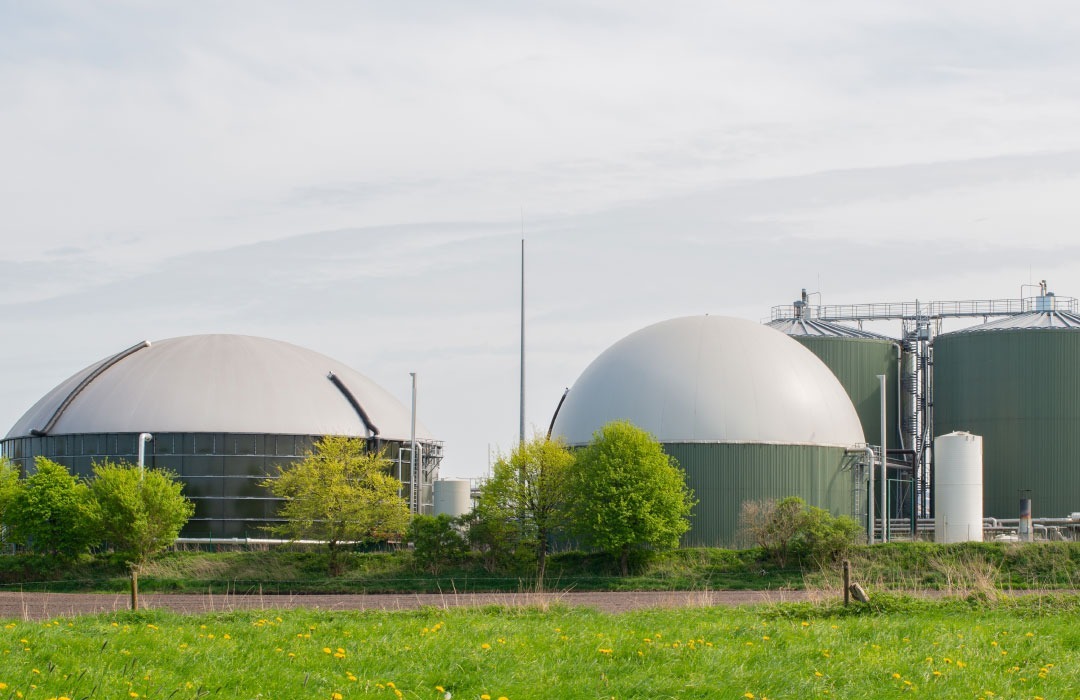Why is energy policy held hostage by partisan politics?
Energy policy often becomes a casualty of ideological battles. Instead of being treated as a shared national priority, it’s frequently used as a political bargaining chip. This polarization leads to legislative gridlock, inconsistent regulations, and a lack of long-term vision—conditions that stall innovation and discourage investment.
A brief history of energy partisanship
From the oil crises of the 1970s to today’s debates over climate change, energy has long been a political flashpoint. While early energy policy focused on national security and economic stability, the rise of environmentalism and climate science introduced new dimensions. These shifts often split along party lines, with conservatives favoring fossil fuel independence and liberals pushing for renewables and regulation.
Key policy gridlocks that hinder progress
Some of the most persistent gridlocks include debates over carbon pricing, subsidies for fossil fuels versus renewables, and the role of federal versus state regulation. These impasses delay critical infrastructure upgrades and stall the deployment of clean technologies.
The impact on private investment and innovation
When energy policy swings with each election cycle, it creates a volatile environment for investors. Companies hesitate to commit capital to long-term projects without policy certainty. This stifles innovation, especially in emerging sectors like hydrogen, carbon capture, and grid modernization.
The Role of Information Memorandums in Energy Investment
Navigating the complex landscape of energy investments requires clarity and detailed insight. An information memorandum is a critical tool, offering a comprehensive overview of project details to potential investors. For those unsure what an information memorandum is, it’s essentially a business’s strategic pitch, making informed investment decisions possible.
The cost of politicized energy systems
Missed opportunities for clean tech and efficiency
Political infighting has delayed or derailed numerous clean energy initiatives. From solar tax credits to EV infrastructure, many programs have been underfunded or inconsistently applied, leading to missed opportunities for emissions reductions and energy savings.
Investor reluctance and market uncertainty
Investors crave predictability. When energy policy is subject to partisan whims, it introduces risk that deters capital. This is especially true for large-scale projects that require multi-year commitments and regulatory clarity.
Long-term economic and environmental impacts
The consequences of inaction are profound. Economically, the U.S. risks falling behind in the global clean energy race. Environmentally, delayed transitions mean higher emissions, more climate-related disasters, and greater public health costs.
How to build bipartisan support for energy solutions?
Focus on economic, not ideological, value
Framing energy policy in terms of job creation, economic competitiveness, and national security can bridge ideological divides. Clean energy isn’t just about the environment—it’s about economic opportunity.
Frame energy as infrastructure, not ideology
Energy systems are the backbone of modern economies. Positioning them as essential infrastructure—like roads and bridges—can depoliticize the conversation and attract broader support.
Use data and financial models, not rhetoric
Facts matter. Using transparent, data-driven models to demonstrate ROI, cost savings, and risk mitigation can help shift the conversation from ideology to pragmatism.
The role of financial modeling in de-politicizing energy
Scenario planning for policy volatility
Robust financial models can simulate different policy environments, helping stakeholders prepare for uncertainty. This builds resilience into project planning and reduces perceived risk.
Making a case for ROI and sustainability
Quantifying the long-term returns of sustainable investments—through lower operating costs, tax incentives, and brand value—can make the business case for clean energy compelling across the aisle.
Leveraging predictive models to drive neutral strategy
Predictive analytics can identify trends and optimize investment timing, helping decision-makers act strategically rather than reactively, regardless of political shifts.
How capital raising consulting can bridge the divide?
Creating narratives that appeal across party lines
Effective capital raising consultants craft messages that resonate with diverse audiences. By emphasizing shared values—like economic growth, energy independence, and innovation—they can unite stakeholders.
Packaging energy projects for mixed political climates
Consultants can tailor proposals to align with local priorities, whether that’s job creation in rural areas or resilience in coastal cities. This adaptability increases the likelihood of bipartisan support.
Aligning stakeholders through evidence-based proposals
Data-backed proposals that clearly outline benefits, risks, and timelines foster trust and collaboration. When stakeholders see the numbers, they’re more likely to align—even across party lines.
Investment project management in a politically divided landscape
Managing risk in uncertain policy environments
Project managers must build flexibility into timelines and budgets to accommodate policy shifts. This includes contingency planning and diversified funding sources.
Adaptive project planning and implementation
Agile methodologies allow teams to pivot as conditions change. This adaptability is crucial in a landscape where regulations and incentives may evolve rapidly.
How neutral governance structures encourage support?
Independent oversight bodies or public-private partnerships can provide the neutrality needed to gain cross-party trust. These structures ensure accountability and reduce perceptions of bias.
Real-world examples of non-partisan energy initiatives
Community-driven clean energy projects
Local solar co-ops and energy efficiency programs often succeed where federal efforts stall. These initiatives focus on tangible benefits—like lower bills and job creation—rather than political ideology.
Regional cooperation beyond party lines
Multi-state grid modernization efforts and regional transmission organizations (RTOs) show how collaboration can transcend politics when mutual benefit is clear.
Cross-sector collaboration: public + private
Partnerships between governments, utilities, and private firms have driven innovation in areas like smart grids and battery storage. These alliances prioritize results over rhetoric.
Why should energy equity and access be a shared priority?
The socioeconomic case for bipartisan action
Energy poverty affects all districts. Ensuring affordable, reliable energy access is a unifying goal that supports economic mobility and public health.
Bridging the urban-rural energy divide
Tailoring solutions to local contexts—like distributed solar in rural areas or electrified transit in cities—can address disparities and build broader coalitions.
Designing energy strategy that rises above politics
To move forward, energy strategy must be grounded in pragmatism, not partisanship. By focusing on economic value, infrastructure resilience, and data-driven planning, we can build a future-proof energy system that serves everyone—regardless of political affiliation.




